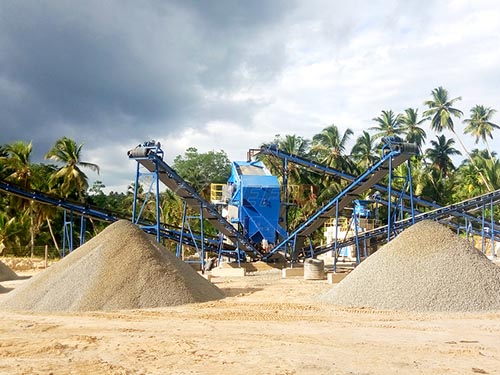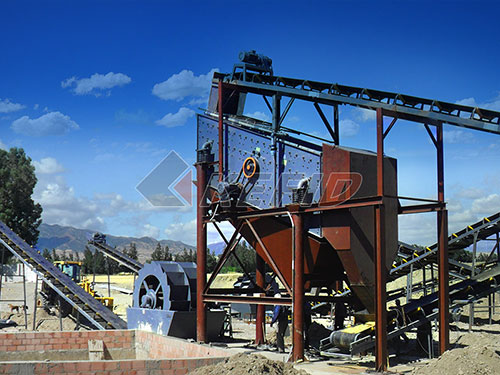Crushing & Pulverising: The Backbone Of Modern Material Processing
From the towering quarries feeding our construction boom to the intricate laboratories developing new pharmaceuticals, the transformation of raw materials into usable forms is fundamental. At the heart of this transformation lies a critical, often unseen process: crushing and pulverising. These technologies, coupled with advanced support services, form an indispensable backbone for countless industries worldwide.
Why Crush and Pulverise?
Raw materials rarely exist in the perfect size or consistency for their intended use. Large rocks must be broken down for aggregate in concrete or road base. Minerals need liberation from ore for efficient extraction. Chemicals and food ingredients require ultra-fine powders for reactivity or consistent blending. Crushing achieves primary size reduction, while pulverising refines materials to specific, often microscopic, particle sizes. This unlocks:

Enhanced Efficiency: Smaller particles react faster (chemical processing), burn cleaner (coal), or blend more uniformly (pharmaceuticals, food).
Value Liberation: Breaking ore allows valuable minerals to be separated from waste gangue.
Volume Reduction: Simplifies handling, transportation, and storage.
Waste Management & Recycling: Essential for processing demolition debris, electronic waste, and scrap metal into reusable materials.
The Equipment Arsenal: Matching Machine to Task
The diversity of materials and required outcomes necessitates a wide range of specialized equipment:
1. Crushers (Primary & Secondary Size Reduction):
Jaw Crushers: The workhorses of primary crushing, using compressive force to break large rocks.
Gyratory Crushers: High-capacity primary crushers ideal for hard, abrasive ores in large mining operations.
Cone Crushers: Versatile secondary/tertiary crushers offering precise control over product size through adjustable settings.
Impact Crushers (Horizontal & Vertical Shaft): Utilize high-speed impact to shatter material, excellent for softer rock, recycling applications (concrete, asphalt), and producing cubical aggregates.
Roll Crushers: Employ compression between rotating rolls for intermediate crushing of coal, minerals, and other friable materials.
2. Grinding & Pulverising Mills (Fine & Ultra-Fine Size Reduction):

Ball Mills & Rod Mills: Rotating cylinders containing grinding media (balls or rods) that tumble and impact material down to fine powders; foundational in mineral processing.

Leave a Reply